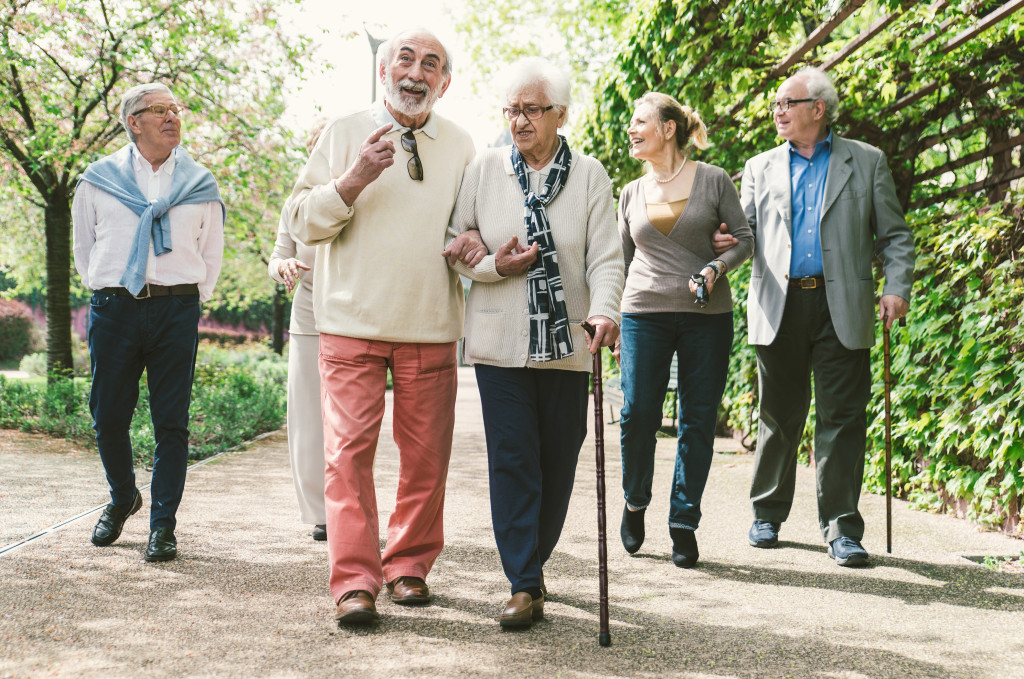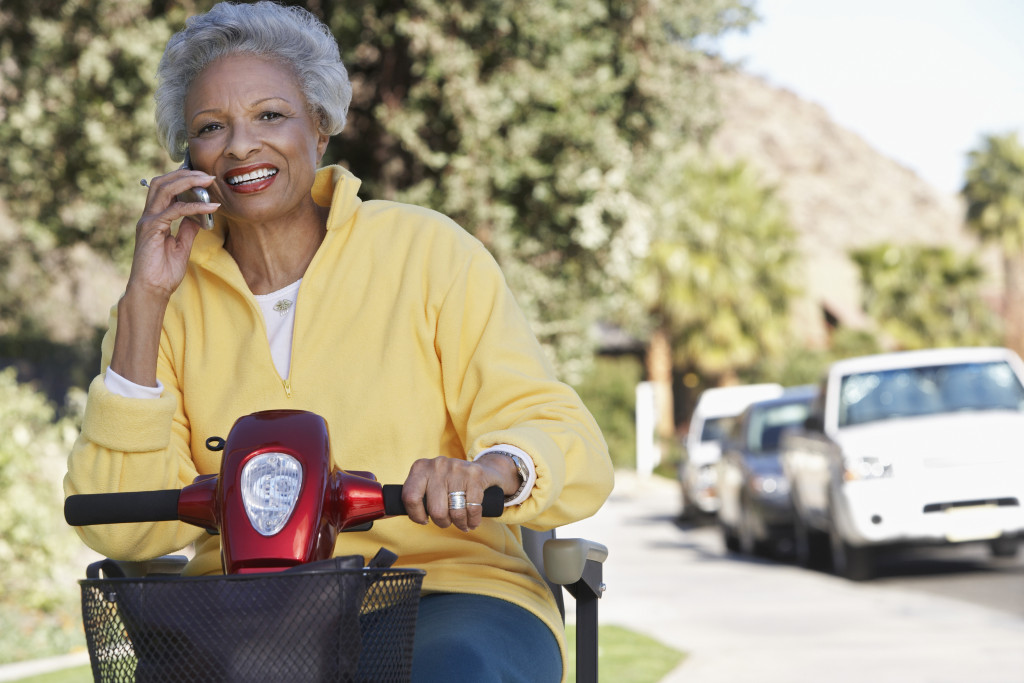As we age, it becomes increasingly important to stay mobile. Regular physical activity can help to prevent falls, improve brain function, and maintain one’s overall health and quality of life. However, mobility issues can make staying active challenging for many seniors.
Technology can be a great solution for promoting mobility among the elderly. Now several devices and applications are available that can help seniors overcome obstacles and live fuller, more active lives. In this blog post, we will explore five such solutions.
1. Walking Canes with Built-in GPS Tracking Devices
For seniors who experience balance issues or prefer not to walk alone, canes with built-in GPS tracking devices can provide an extra sense of security. These devices use GPS technology to track the location of the cane and send notifications to a designated caregiver or family member if the cane is moved outside of a pre-determined safe zone.
Additionally, many of these devices come equipped with fall detection sensors that automatically notify caregivers if a user takes a spill. This can be a lifesaver for seniors who live alone and may not be able to reach a phone in the event of a fall.
2. Smartphone Apps for Exercise and Physical Activity
There are now several apps available that offer personalized exercise routines and activities specifically designed for seniors. For example, the app “Go4Life” from the National Institute on Aging provides users with over 50 exercises that can be done both at home and in group settings. The app also offers tips on incorporating physical activity into one’s daily routine and tracks progress over time.
Similar apps include “My Parkinson’s Workout” and “AARP Now.” Smartphone apps have the potential to make staying active much easier for seniors by providing on-the-go access to tailored exercise programs.
3. Lift Chairs and Other Assistive Devices
For those who struggle with mobility due to arthritis or joint pain, lift chairs for seniors and other assistive devices can be a big help. Lift chairs are recliners that use a motorized lifting mechanism to help users stand up from a seated position. This can be a major relief for seniors who struggle to stand up from a traditional chair.
There are also a variety of other assistive devices available, including canes, walkers, and scooters. These devices can help seniors maintain their independence by making it easier to get around. For instance, scooters can be a great option for seniors who can no longer walk long distances but still want to enjoy outings with family and friends. These devices are equipped with a seat, handlebars, and a motor and can reach speeds of up to 10 miles per hour, which makes commuting easy for the elderly.

4. Simplified Automotive Services for Older Adults
Ride-sharing services like Lyft and Uber have become increasingly popular in recent years. They can be a great way for seniors to overcome transportation challenges and maintain their independence.
These services allow users to request door-to-door transportation via an app on their smartphone; no need to hail a taxi or navigate public transportation schedules. And for seniors who may not own a smartphone or prefer not to use one, many ride-sharing services offer the option to request a ride by phone.
Similarly, autonomous vehicles are starting to become more prevalent and could eventually provide seniors with an even easier way to get around. These cars have sensors and computers that allow them to drive without human input. While this technology is still in its early stages, it has the potential to revolutionize transportation for seniors and other groups with mobility issues.
5. Wearable Devices for Falls Prevention
Wearable devices that track activity and monitor falls are another promising solution for promoting mobility among seniors. These devices, typically worn on the wrist or ankle, use sensors to track a user’s activity level and movement patterns. The device will sound an alarm if a fall is detected and notify a designated caregiver or family member.
The Apple Watch, for example, offers a built-in fall detection feature that can automatically call emergency services if a user takes a fall and doesn’t respond to a prompt within 60 seconds.
Additionally, many of these devices come equipped with GPS tracking, so caregivers can quickly locate a user who has fallen. Wearable fall detection devices offer a convenient and reliable way for seniors to stay safe and connected to their caregivers.
Staying mobile as we age is crucial for maintaining our overall health and quality of life. Fortunately, several technology solutions can now help seniors overcome obstacles and live fuller lives. If you or someone you know is struggling with mobility issues, be sure to check out some of the solutions discussed in this blog post!

